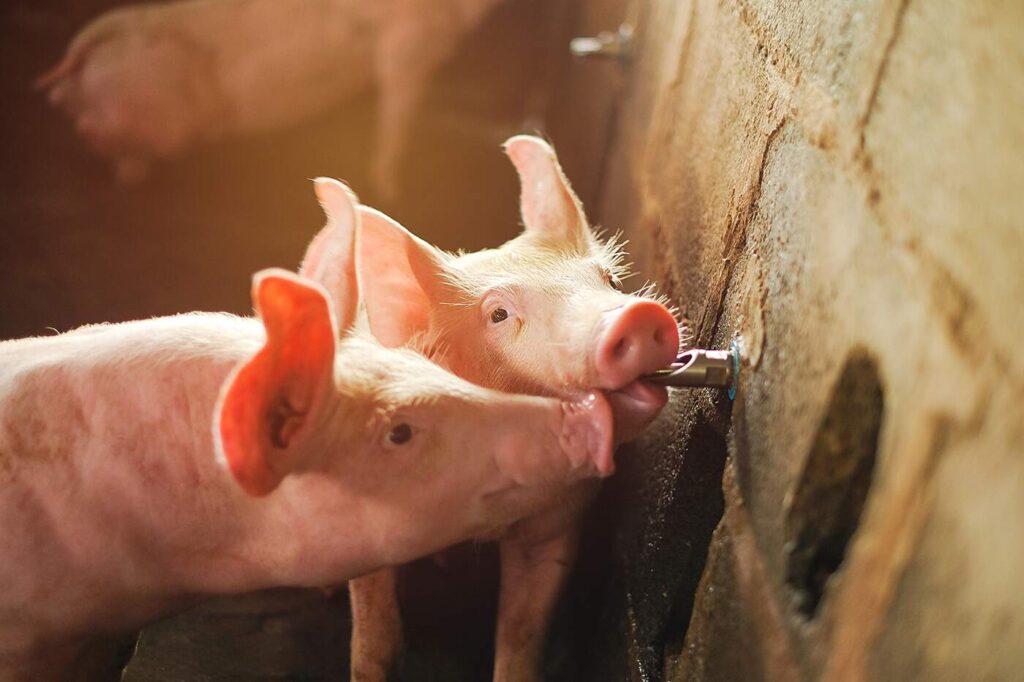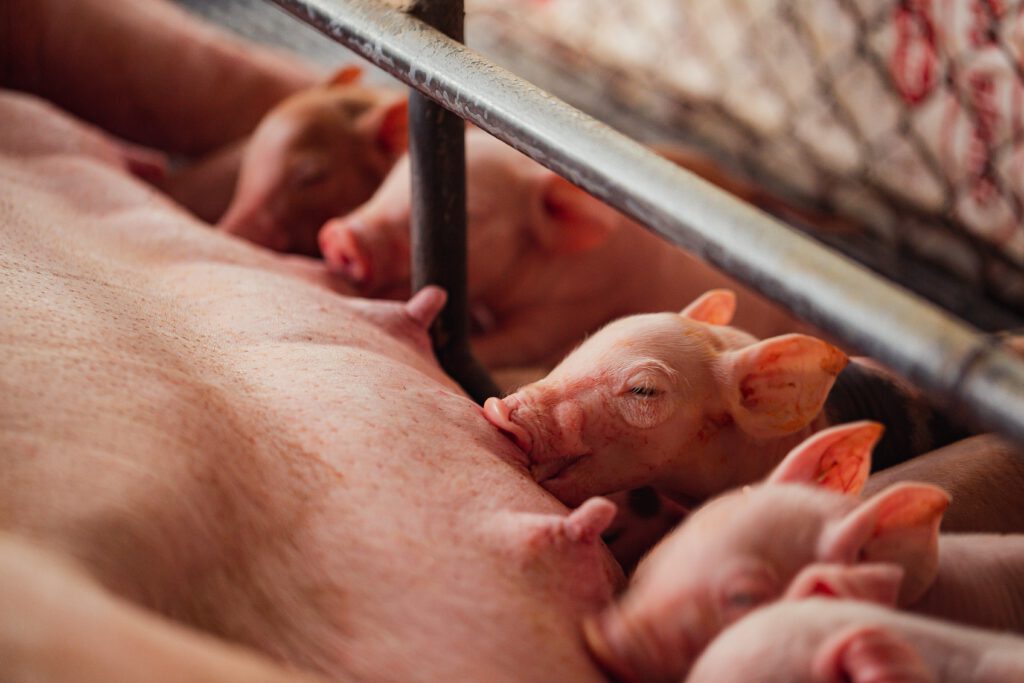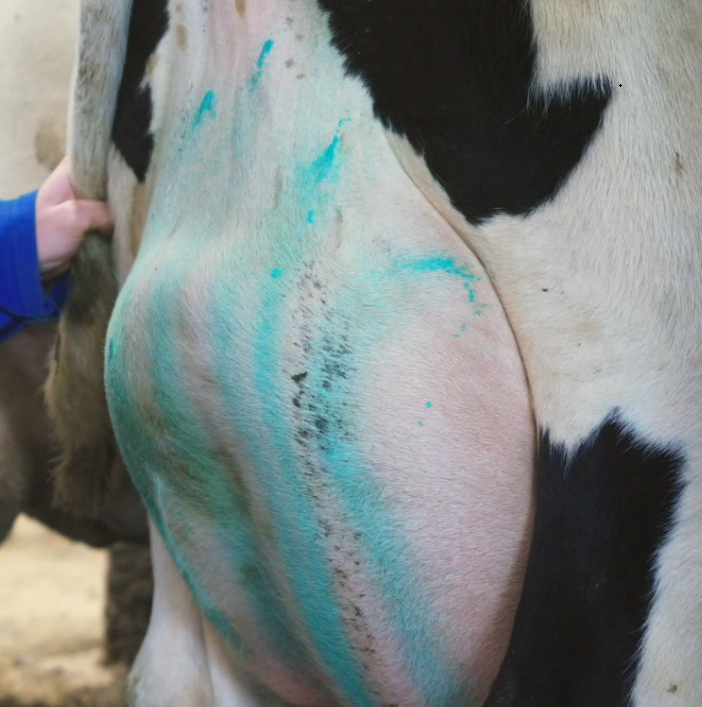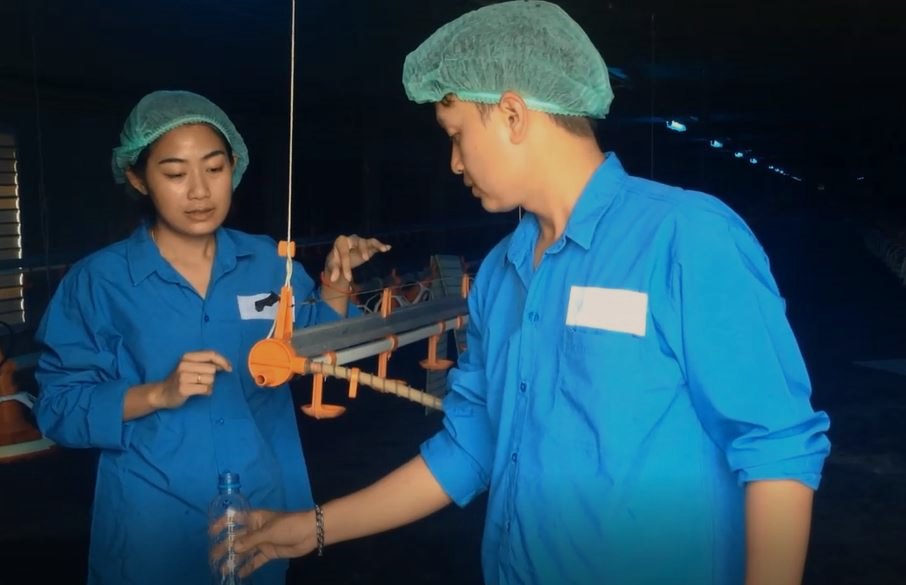Kanters Special Products produces supplementary and dietary animal feed, which is used in the drinking water of pigs, poultry and cattle. The legislation for this type of feed is slightly different to that for complete rations. Not everyone is aware of this, and we therefore regularly receive questions from the market as to whether it is still permitted to use certain substances in drinking water.
How much copper, zinc or vitamin A is an animal really allowed to ingest? Is there still room for it on top of the total ration? And is it allowed in drinking water? To provide more clarity on this, we take you through the European feed legislation.
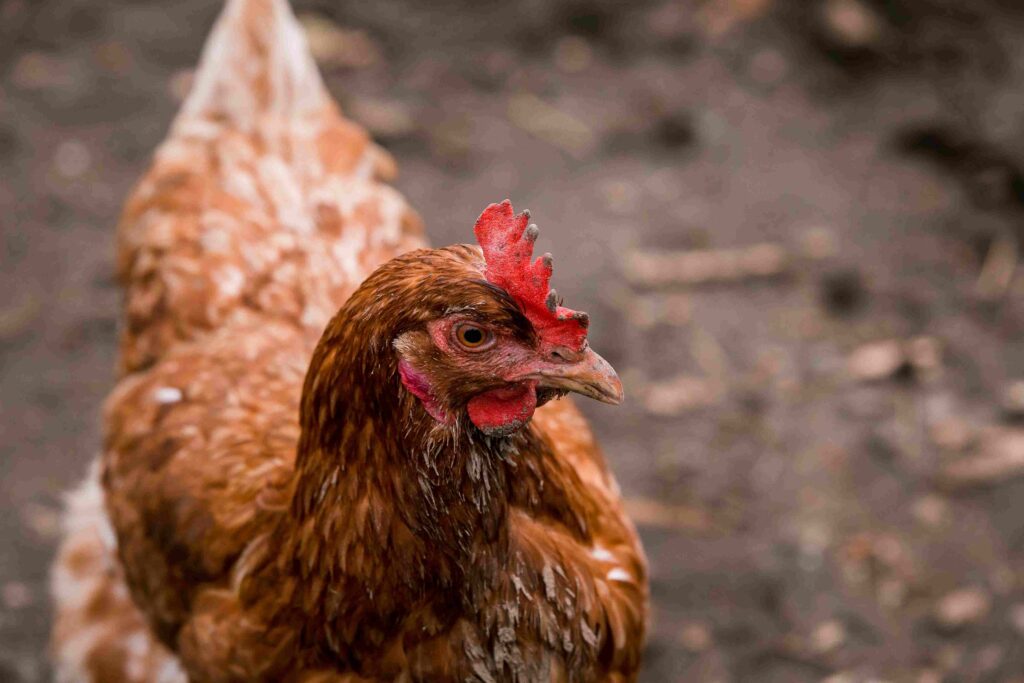
Complementary vs. complete feed
It all starts with the difference between a complete feed and a complementary feed, described in European Regulation EC 767/2009. Complete feeds are “sufficient as a daily ration”. The animal can function fully on this without suffering from shortages or overdoses. Supplementary feeds contain high levels of certain substances, but are only sufficient as a daily ration in combination with other feeds.
Both complementary and complete feeds are composed of two or more feed materials and may also contain additives. Additives, such as acids, vitamins and trace elements, can be added to a feed e.g. to better meet the animal’s needs or to favourably influence the feed properties (EC 1831/2003). Most feed additives may not be applied directly via the drinking water. However, this is allowed if they are first incorporated into a complementary or complete feed, as long as the applicable European legislation is otherwise complied with.
EG 767/2009 (Article 8, paragraph 1) states in this regard that complementary feeds may not contain additives at levels exceeding 100 times the maximum permitted level in complete feeds. This means that a supplementary feed may contain up to 100 times more of a certain ingredient than a complete feed. The 100 times higher level is only applicable to the pure (concentrated) product. The label of such a product must then indicate the correct dilution, so that the fed mixture does not contain more additives than the maximum level laid down for complete feeds
(EC 1831/2003, Annex IV, point 3).
Dietetic feed
An exception to this are the dietetic feeds which are used for a specific nutritional purpose, as described in EU 2020/354. These products may contain more than 100 times the maximum allowed content in complete feeds, as long as the final dosage also ensures that the maximum content for complete feeds is not exceeded. How far the levels in dietetic feeds may be increased was initially not laid down (EC 2008/38). At the end of 2020, the new version of this legislation came into force, in which a maximum level is mentioned (EU 2020/354, Annex A, point 11). For specific nutritional purposes, dietary feeds are now limited to 500 times the maximum permitted level in complete feeds. As a bridging measure, it is still allowed to produce and sell stocks with higher contents until 22 March 2022. For Kanters, this legislation applies to the products of the Intesti line, which are classified as dietary feeds. We will introduce updated versions of these products before 22 March 2022
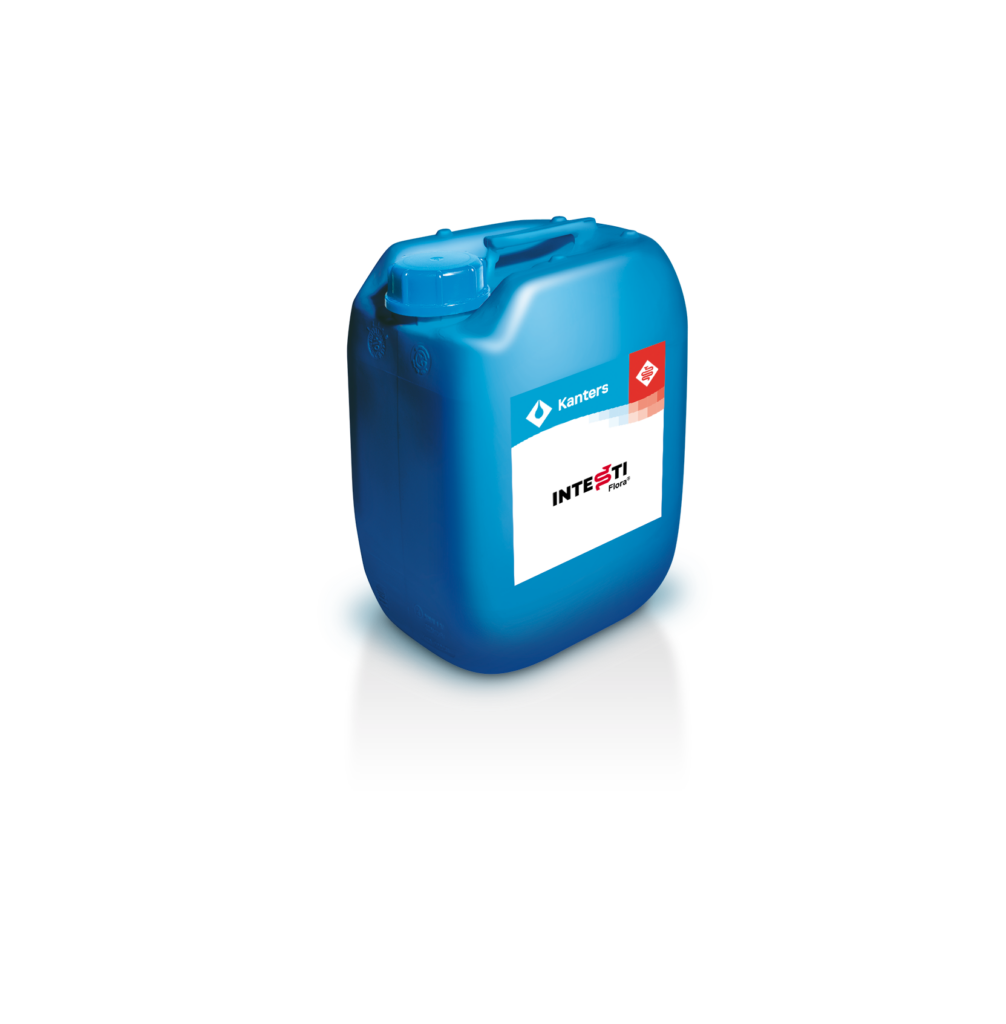

Vitamins
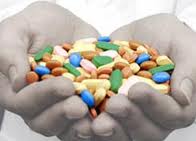
For vitamins, too, we stick to additives. In Europe, vitamins A and D in animal feed are limited because they can most easily cause problems if administered incorrectly. According to EU 2015/724 (recital 6), vitamin A may not even be administered directly via the drinking water. But the same recital also states that this ban does not apply to additives in feeds that are subsequently administered via water. Kanters produces supplementary feeds, to which additives (including vitamin A) are added, which are then administered via drinking water. Completely within the framework of the legislation, therefore. Here too, the “100 times” and “500 times” rules apply as regards maximum contents.
How does Kanters deal with this?
For all nutrients with a legal maximum, the total ration must remain below this maximum. Such a total ration often consists of several components, such as grains, silage, by-products, pellets, but also drinking water. The nutritionist calculates the total ration in such a way as to ensure that all the animal’s needs are met and that the legal maximum levels are not exceeded. Often there is still some margin left. Kanters has therefore developed its own calculation tool, in which the difference between the total ration and the maximum permitted levels of, for example, copper and zinc can be calculated. This gap can then be filled with Kanters drinking water products. Has the maximum been reached for copper and zinc, for example? Then we select a suitable product without these minerals from our range. In this way Kanters always provides company-specific advice and can take into account all the maximum permitted levels. Would you like more information about this, or do you have doubts about the dosage of your products? Then please do not hesitate to contact us!
Calculation example
1. The maximum level of copper in the total ration of poultry is 25 mg/kg (EC 1334/2003).
2. Because Kanters supplies supplementary animal feed the maximum copper content in our supplementary animal feed may therefore be 100 x 25 = 2,500 mg/kg.
3. The product Intesti-Flora has an additional application as a dietary feed. So until March 2022 the copper content may be higher than 2,500 mg/kg, without a specified maximum. ***Please note: from March 2022 the maximum copper content will be reduced to 500 x 25 mg/kg = 12,500 mg/kg***.
4. Intesti-Flora now contains 54 grams of copper per kilogram of product, this is equal to 54,000 mg/kg. For reasons of simplicity we assume here that 1 L of product also weighs 1 kg, in reality there is a small difference.
5. With a dilution of 2160x (equal to 462 mL product per 1000 litres drinking water) we return to the maximum content of complete feed (25 mg/kg).
6. However, the Kanters label indicates a standard dosage of 25-100 mL per 1000 litres of drinking water. In specific cases, the dosage can be increased to a maximum of 400 mL per 1000 litres of water. Kanters therefore remains in all cases below the maximum level for complete animal feed.
7. The dosage will ultimately be adjusted to the amount of space that the total ration still provides in terms of copper and any other limited nutrients in Intesti-Flora (such as zinc).

